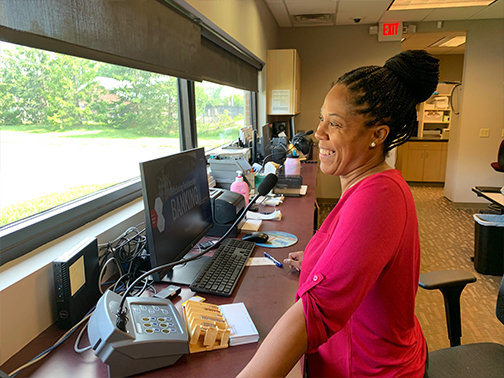Christopher Macino, VP, Private Banking
Whether your goal was to save for college or perhaps that dream vacation, if it has been awhile since you’ve accessed that checking or savings account, it could now be inactive.
Understanding Inactive Accounts
Most bank accounts are considered inactive if there is not at least one transaction (deposit or withdrawal) within a 12-month period.
While it might not seem like a big deal, inactive accounts are actually considered to be a higher fraud risk. Why? If your account is flagged as inactive with no activity, it is likely you might not be paying attention to it or have forgotten about it. As such, if a fraudster were to gain access and compromise the account for their own nefarious purposes – it could likely happen without you even realizing it.

Fraudsters could see your inactive accounts as a perfect cover to hide their own actions. If you’re not paying attention, your account could be compromised without you realizing it.
Another downside to letting an account go inactive is the potential to incur monthly fees until it is reactivated. Options will vary between account types and banks, but no one wants to start incurring a surprise fee.
Reactivating Your Account
Luckily, the process to reactivate your account is hassle-free.
Your first option is to commit to completing a transaction at least once in a 12-month period. This could be done online or in-person at a branch.

Our bankers are ready to assist you with reactivating your account or to answer other questions you might have in person or via phone or email.
If you’re not ready to make that commitment, then you can always talk to your banker about the account. By verifying your identification and acknowledging that you are aware of the account and would like to keep it active, your banker will be able to reactivate it and you will not need to complete a transaction.
With 2022 right around the corner, why not put that account to good use and set a new financial resolution for yourself. From saving to buy a new home to giving yourself a financial incentive for reaching a personal goal this year, it’s easy to monitor and manage your money with our user-friendly tools.
About the Author

Christopher Macino is a Vice President of Private Banking at Waterford Bank, N.A. in Toledo, Ohio. If you’d like to connect with Chris to discuss Private Banking services or another aspect of your financial journey, please contact us here.


